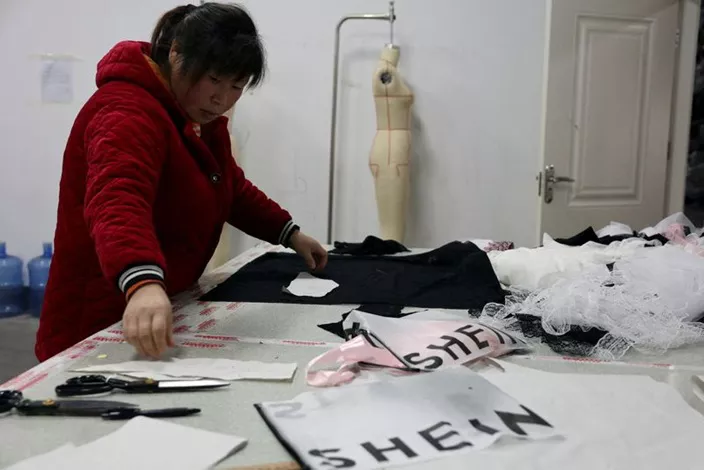Fast-fashion giant Shein is making a major move to reduce its risks from ongoing trade tensions between the United States and China. According to two sources familiar with the deal, the company is leasing a large warehouse near Ho Chi Minh City, marking its first major facility in Vietnam.
Shein, which began in China and sells affordable clothing like $5 bike shorts and $18 sundresses, has agreed to rent nearly 15 hectares (about 37 acres) of industrial land for this new warehouse. The space is roughly the size of 26 football fields and will be used to store apparel from contractors before exporting products to global markets, including the U.S.
The company heavily depends on suppliers based in China, but the ongoing China-U.S. trade war has created risks for its supply chain. Despite a recent easing of tensions, uncertainty remains, prompting Shein to explore options outside China.
In addition to this large warehouse, Shein is reportedly seeking more storage space in southern Vietnam. While it is not clear yet where the products stored at the new warehouse will come from, Shein has previously mentioned plans to source some goods from countries like Turkey and Brazil. Meanwhile, some suppliers in southern China have said they are losing orders to factories that have opened in Vietnam.
Shein is also preparing for a possible public listing in London but has not commented on its new warehouse lease or plans to shift production away from China. The area around Ho Chi Minh City offers key logistics advantages, including Vietnam’s largest international airport and the country’s busiest port for imports from China, plus a major export port serving shipments to the United States.
However, the U.S. government has recently increased scrutiny of imports routed through Vietnam, suspecting some Chinese goods are being redirected there to avoid higher U.S. tariffs. This adds another layer of complexity to Shein’s supply chain decisions.
Analysts say the fast-fashion company has little choice but to diversify. Manish Kapoor, CEO of Growth Catalyst Group, noted, “It would be dangerous for them not to diversify,” due to the ongoing instability in U.S.-China trade relations.
Building a Vast Supplier Network
Shein’s success comes from a vast network of suppliers in China who can quickly produce inexpensive clothing that appeals to Gen Z consumers worldwide. The company continues to expand this network and is investing heavily in industrial projects within southern China, including a $500 million supply chain hub near Guangzhou.
Shein’s business model benefits from low prices and favorable trade rules, such as the U.S. “de minimis” exemption, which allowed duty-free imports for packages valued under $800. However, the Trump administration removed this exemption for Chinese products in May 2023, imposing tariffs of up to 120% on shipments. A recent U.S.-China agreement has since reduced these tariffs to 54% on packages under $800 and 30% on low-value commercial shipments.
While easing tensions have raised concerns among countries that benefited from the trade war, Vietnam remains competitive due to its duty-free treatment for shipments worth $800 or less. Still, experts warn this advantage may not last.
Kapoor advises companies to prepare for a future where the “de minimis” exemption could disappear entirely. “We’re advising people not to rely on ‘de minimis’ imports as a core logistics strategy,” he said.
Meanwhile, Vietnam faces its own tariffs on exports to the U.S., with a 10% duty currently in place until July. After that, tariffs could increase to 46% unless Hanoi reaches a deal with Washington.
Summary
Shein’s new warehouse lease in Vietnam marks a strategic effort to safeguard its supply chain from unpredictable U.S.-China trade tensions. While still heavily reliant on China-based production, the company is expanding its footprint in Vietnam and other countries to diversify risks. The evolving trade landscape, including tariff changes and customs scrutiny, is pushing Shein and others in fast fashion to rethink their global logistics strategies to stay competitive and resilient.
Related topics:


